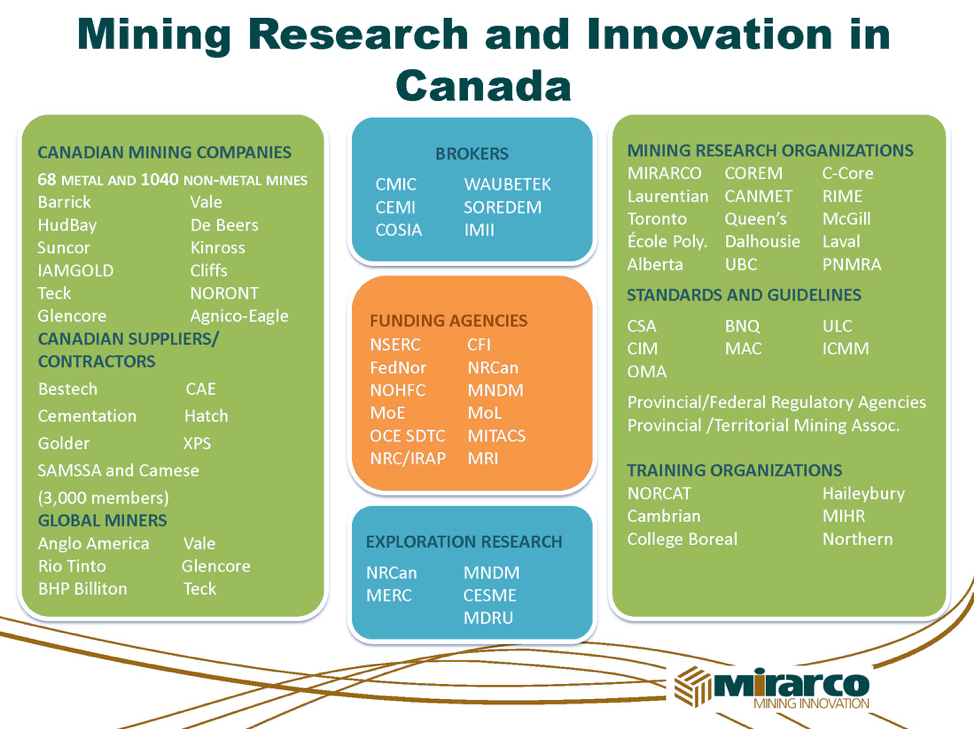Mining embodies progress. Mining provides civilization with the materials required for the construction of indispensable items such as buildings, cell phones, electric cars, and other common luxuries of life in the 21st century. If you can’t grow it, you have to mine it. Since mining is the principal economic driver for Canada’s North, it’s important for public service executives to have an understanding of the opportunities and challenges that the mining industry faces today.
Prior to the 2018 Prospector and Developers Association Convention held annually in Toronto, 40 trade commissioners from Global Affairs Canada gathered for a Mining 101 briefing which included information on the sector’s curious economic cycles, its language, and its dominance in developing countries of the world. There was ample information to share, including some negatives (mining just wrapped up the worst economic cycle it has had in decades), but there were positives to note, such as the fact that mining employs more Indigenous people than any other sector in Canada.
Mining enjoys having its own set of regulations, legislation, and in some provinces, its own ministry. Over 50 per cent of global financing for mining is done on the Toronto Stock Exchange. The vast majority of mining operations are located in sparsely populated areas of Northern Canada and the Arctic. Often these regions don’t receive the political attention they deserve, considering the region is a foundation for the mining sector that contributes some $41.5 billion of Canada’s exports and makes up three per cent of the nation’s overall GDP.
Research and innovation in mining has never been more active despite the struggles it has faced over the last five years. There have been incredible advancements in digital mining, electric mining vehicles, automation software, and development of sustainable energy solutions such as small modular reactors for remote mining sites. These advancements help assure Canada’s competitive advantage and help position our mining industry as one of the safest, most productive, and most sustainable on the planet.
The Ontario Mining Association (OMA) recently hosted the Target Zero+ Conference (zero harm, zero waste and zero greenhouse gasses) which reiterated why mining is considered one of the safest industries in the world, even surpassing healthcare in terms of safety. With the help of Natural Resources Canada, there is a major push for a green mining formula with zero waste targets designed to initiate the development of new innovations in bio-mining, with an extensive focus on remediation and rehabilitation. Mining has also become a major proponent of clean energy as it strives for zero greenhouse gas emissions.
In the mining ecosystem, there are key players that assure the sector’s prosperity. There are mining suppliers/contractor companies, brokers, funding agencies, exploration research companies, research organization, standard and guideline organizations, and training organizations among others.
Public services in Canada are among the best in the world. Government executives should recognize mining as a part of Canada’s foundation and support legislation that drives innovation and technology in this sector to improve the economic and social development in Canada. Much can be accomplished if there is a comprehensive understanding of mining’s role in this country’s revitalization.
Accessing mining information is easier than ever. There are 11 mining schools across the country that are educating and developing tomorrow’s highly qualified industry employees. These schools also promote mining innovation, safety, productivity, and sustainability education that will increase the mining ecosystem’s reach and impact. Learning about mining’s important place in our society has never been easier!

